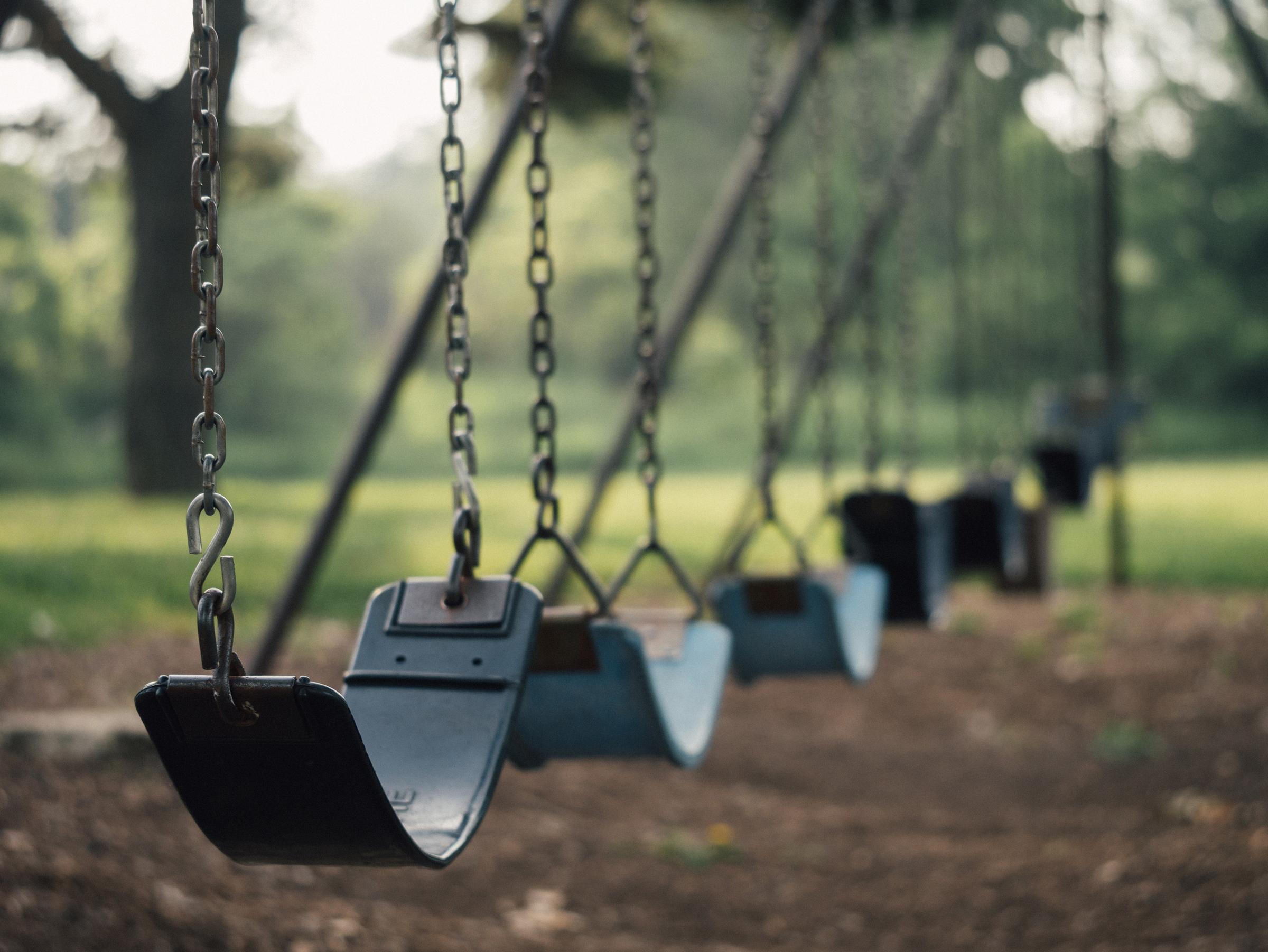Parenting Ideas

Why create Rites of Passage?
At some stage all of our children will become young adults. Having worked for nearly 20 years as an Emergency Medicine Doctor I know that the event that marks this critical transition can be anywhere from a joyous and positive family celebration to a disastrous and damaging episode from which they may never fully recover.
Indigenous and traditional communities have for thousands of years created ceremonies to support major life transitions, the most important of which is the entry into young adulthood. Unfortunately, we have abandoned this custom and instead allow our kids to create their own Rites of Passage through excessive alcohol, schoolies, losing their virginity and many other inappropriate high risk episodes that can include car accidents, drug overdoses or self-harm.
With a rise in Youth Mental Health issues and a desire by more and more parents to protect and support the mental health of children there has been a huge increase in the number of families and schools looking at ways to bring back healthy Rites of Passage.
What kids need.
The benefits of healthy and properly run Rites of Passage should include:
- Having a strong sense of Belonging
- Feeling Safe and Supported
- Gaining critical 21st Century Life Skills including Resilience and Emotional Intelligence
- A clear sense of Self and Purpose
- Healthy Family Relationships
How to create healthy Rites of Passage
The structure of a Rite of Passage is consistent in all communities around the world. However, the way it is presented will differ according to the community in which it takes place. It is possible to use our knowledge of this structure in an appropriate way for our kids in our communities.
A healthy Rite of Passage will first involve creating a set time and a specific place. It may happen on a school camp, a family holiday or at a camp. Importantly there must be a clear intention to set up a process that marks and acknowledges your kid moving to a new stage in their life. Ideally elders from the family and community are present.
The following four elements are key to the success of this process
- Using stories from elders as a way of passing on wisdom and knowledge as well as to build community
- Supporting the kid going through the Rite of Passage to create a vision about what sort of adult they want to become and how they want to live in the future. This includes them naming things they need to let go of in their lives for this to happen.
- Creating a challenge that pushes them beyond their normal boundaries but is safe and appropriate
- Recognising and naming the gifts and talents that we see in this kid.
Finally, it is vital that the family and community recognise that the kid is now a young adult and will be expected to act differently but should also be treated differently and not like they were as a young child.
Here’s the critical thing:
Regardless of the age of your child, start NOW to think about what Rites of Passage your child could participate in as they mature to adulthood. Some families take their 16-year-old on a special trip. Others make it a father-son or daddy-daughter camp. Some have church or religious ceremonies. Others rely on cultural traditions. A quick google can offer you some inspiration. But what matters most is how you plan for it, and how you communicate its relevance and importance to your child.
Summary
Healthy Rites of Passage are life changing events and one of the most important and significant gifts you can give your child. They can be seen as a way of building healthy communities to keep kids safe and bring out the best and unique potential that exists within each of them.
